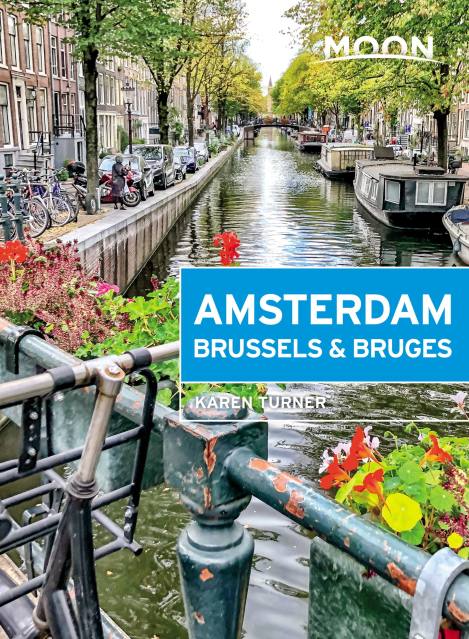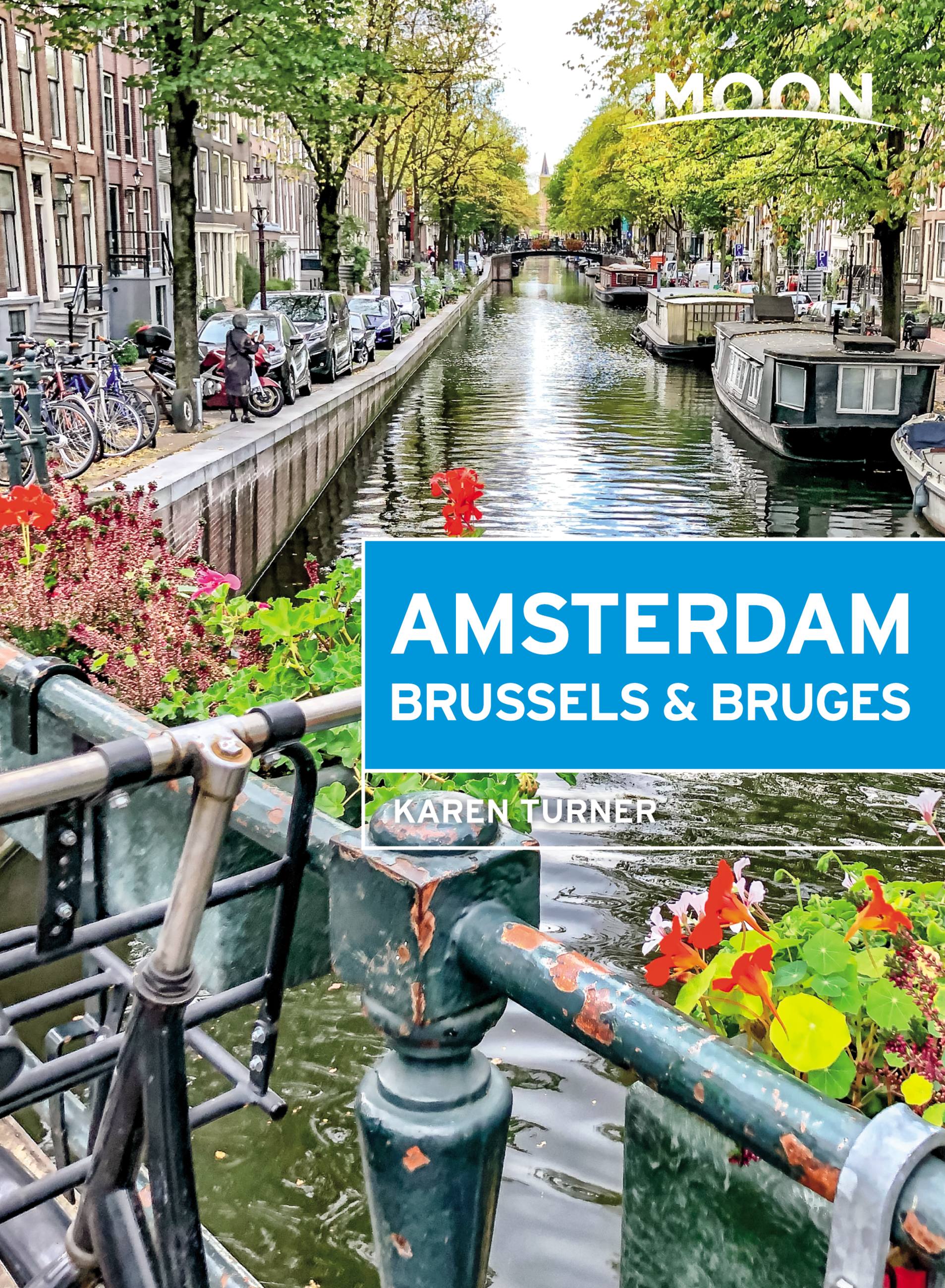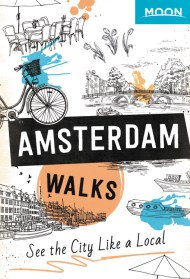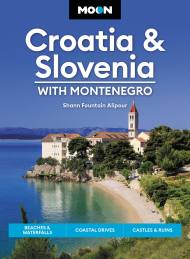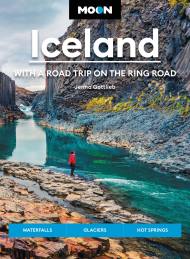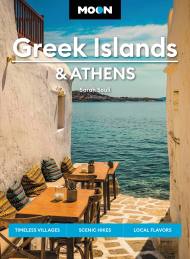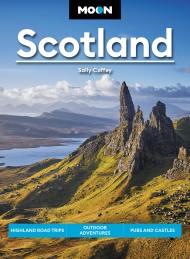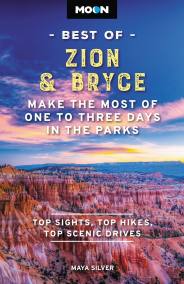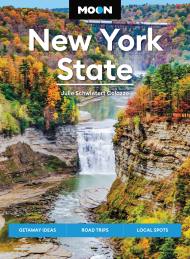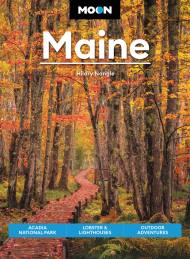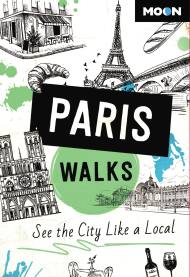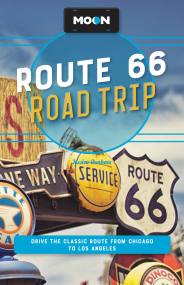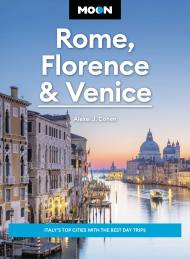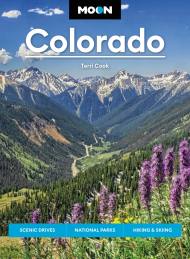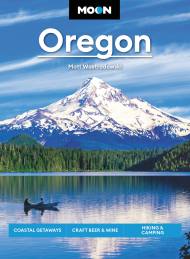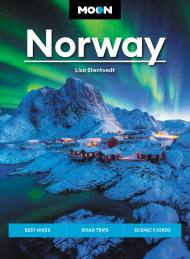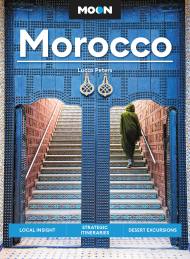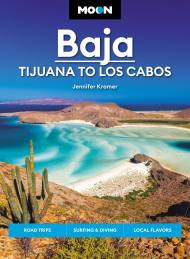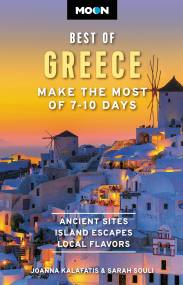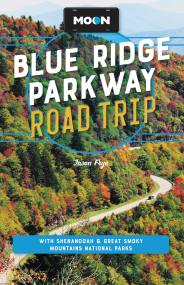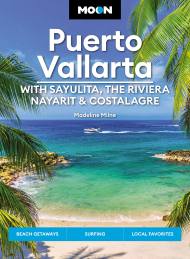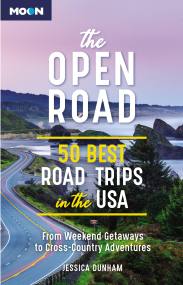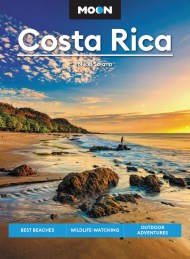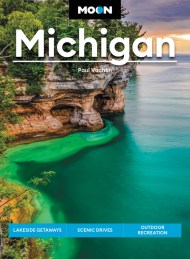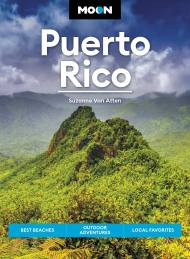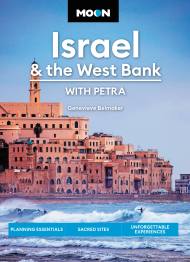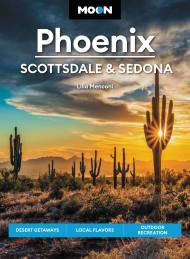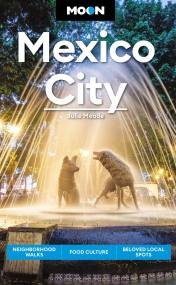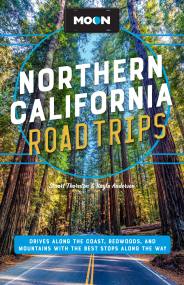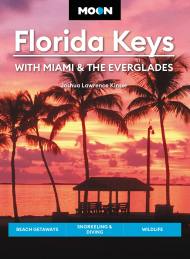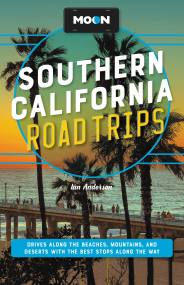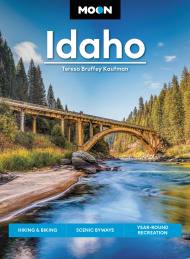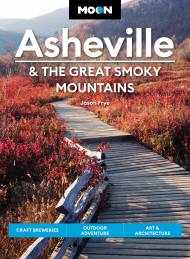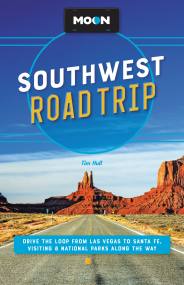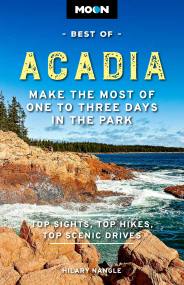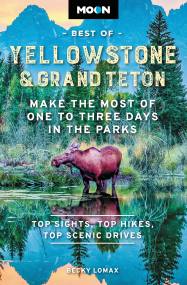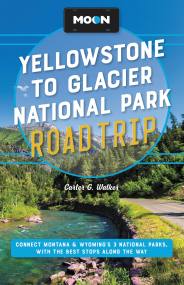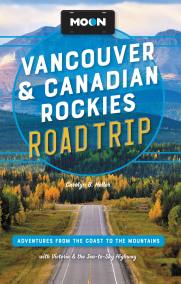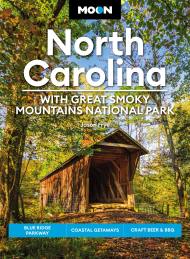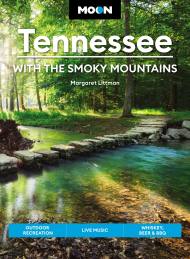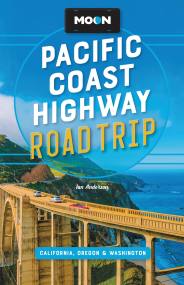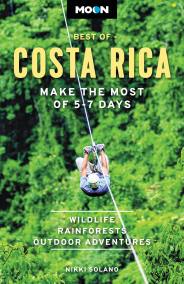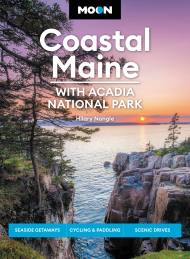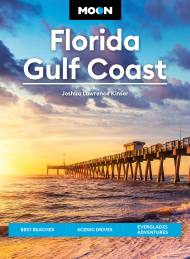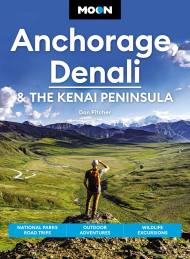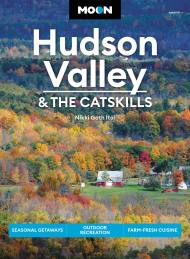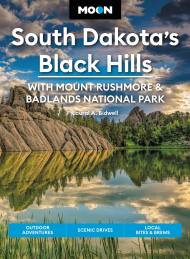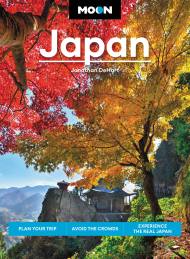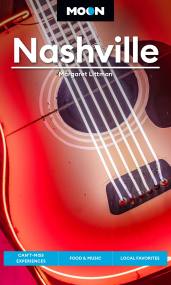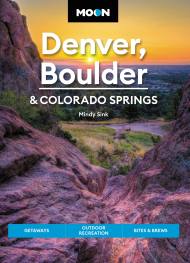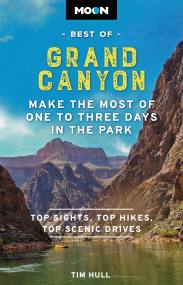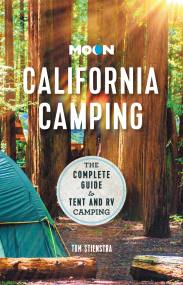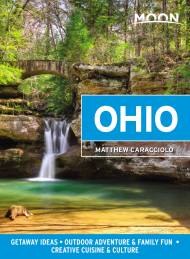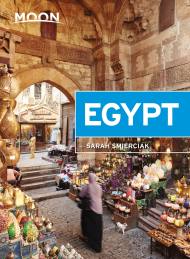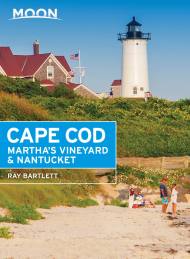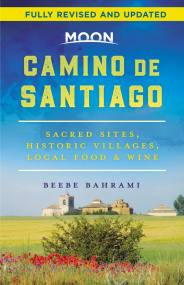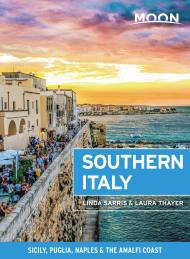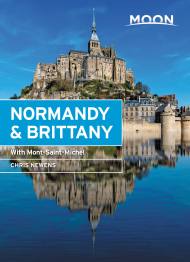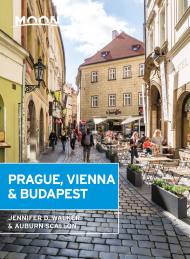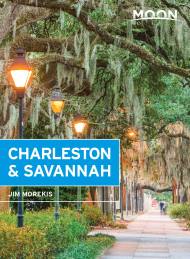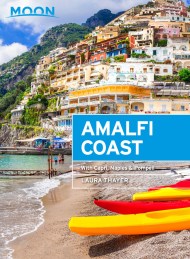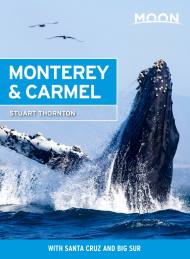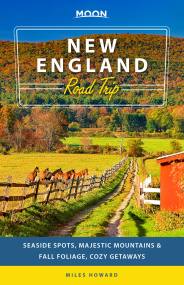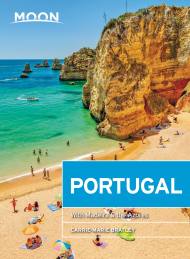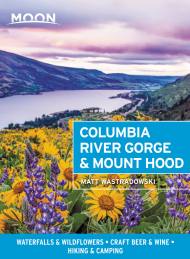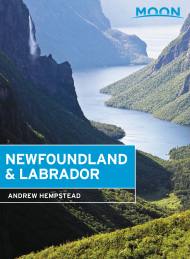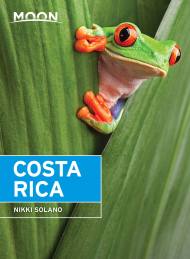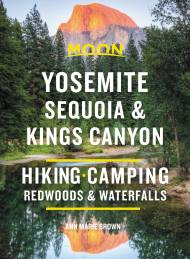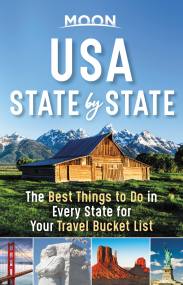Moon Amsterdam, Brussels & Bruges
Contributors
By Karen Turner
Formats and Prices
Price
$21.99Price
$27.99 CADFormat
Format:
- Trade Paperback $21.99 $27.99 CAD
- ebook $15.99 $20.99 CAD
Also available from:
- Flexible itineraries for 1 to 5 days in Amsterdam, Brussels, and Bruges that can be combined into a longer trip
- Strategic advice for foodies, art lovers, history buffs, and more
- Top experiences and unique highlights: Cyclealong serene canals and narrow brick roads past baroque architecture, or stroll through Bruges's grand Markt Square. Marvel at the works of famed Dutch and Flemish painters, walk through history at the Anne Frank House, or remember the fallen in the cemeteries and memorials of Ypres
- The best local flavors: Sip on Amsterdam's specialty liquor at a jenever tasting room, or enjoy a glass of authentic Trappist beer produced in monasteries. Snack on Belgian frites, sample stroopwafel, and savor scrumptious local chocolates
- Ideas for side trips from each city, including Lisse, The Hague, Rotterdam, and more
- Expert insight from Karen Turner, an expat who's called the Netherlands home for years
- Full-color photos and detailed maps throughout
- Helpful resources on COVID-19 and traveling to Amsterdam, Brussels, and Bruges
- Background information on the landscape, history, and cultural customs of each city
- Handy tools such as visa information, Dutch, Flemish, and French phrasebooks, and tips for seniors, LGBTQ+ travelers, visitors with children, and more
Exploring more of Europe's best cities? Check out Moon Rome, Florence & Venice or Moon Prague, Vienna & Budapest.
About Moon Travel Guides: Moon was founded in 1973 to empower independent, active, and conscious travel. We prioritize local businesses, outdoor recreation, and traveling strategically and sustainably. Moon Travel Guides are written by local, expert authors with great stories to tell—and they can't wait to share their favorite places with you.
For more inspiration, follow @moonguides on social media.
Excerpt
Amsterdam’s Amstel River
National Tulip Day on Dam Square in Amsterdam
DISCOVER Amsterdam, Brussels & Bruges
9 TOP EXPERIENCES
Planning Your Trip
IF YOU HAVE…
WHAT’S NEW
DAY TRIPS AT A GLANCE
The Best of Amsterdam, Brussels & Bruges
DUTCH AND FLEMISH ART 101
Quintessential Netherlands
THE BEST OF BELGIAN BEER
Architectural Highlights
winter in Bruges.
Many visitors already have a clear vision of the cities of Amsterdam, Brussels, and Bruges: envisioning picturesque canals, centuries-old buildings with grand facades, and quaint cobblestone streets. There’s no doubt that if you’re looking to step into a European fairy tale, the Netherlands and Belgium offer many breathtaking opportunities to do so. You can travel back in time simply by opening a door into a hidden courtyard, surveying a castle in the middle of a park, or sitting down at a cozy café for a beer made by monks who have perfected the recipe over generations.
But the highlights of this region go beyond the grandeur of Amsterdam’s charming canal houses, Brussels’s Grand Place, and the Belfry of Bruges. Its museums show off cultural and architectural contributions spanning from literature to art. In winter, the cities transform their centers into inviting Christmas markets. In summer, do like the locals do and pause for a cold drink at a café balcony.
If you’re looking to satisfy your sweet tooth, you’ll already have heard about Dutch markets serving up warm stroopwafel and Brussels’s famous chocolatiers. Say “Proost” or “Santé” to seemingly endless beer menus. But recent immigration as well as the complicated legacy of colonialism have also resulted in a surprisingly rich gastronomic landscape, from African to Indonesian. Dutch and Belgian restaurants reflect the diversity of their populations, with high-quality fusion and delicious international offerings.
stroopwafel
houses on a canal in Haarlem
canal in De Jordaan, Amsterdam
The region’s compactness and excellent public transportation make it easy to take a quick train ride through the countryside, past polders, livestock, windmills, and attractive towns for any number of scenic day trips. In the Netherlands, 30 minutes by train takes you from Amsterdam to towns with blooming tulip fields, picturesque windmills, and traditional cheese markets. In just an hour, traverse the cultural boundary between Flanders and Wallonia for old-world charm complete with French-influenced chateaux amid the dramatic rock formations of the Ardennes. The next day, you can sit along canals with locals in Ghent as you watch the sunset and see this lively student city let its hair down.
Although gezelligheid is not as famous as hygge, this Dutch term describing a warm, cozy experience encompasses much of local life here. You’ll find lovely watering holes where locals are keen to chat in English, independent shops where you’ll find the perfect souvenir, and modern cafés where you’ll want to linger over your coffee. Don’t be afraid to slow down to enjoy the quieter side of the Netherlands and Belgium, as it’s where the real magic of this small region happens. Welkom and Bienvenue to Amsterdam, Bruges, and Brussels.
restaurants in the historic part of Brussels
frites in Brussels.
spring in the Keukenhof gardens, Netherlands
9 TOP EXPERIENCES
1 Cycling in Amsterdam Noord, flying past windmills, polders, and sheep away from the crowds.
2 Getting up close and personal with the region’s World War history, from the Anne Frank House in Amsterdam to the cemeteries and memorials around Ypres.
3 Strolling the unique two-story canals of Utrecht, as beautiful as Amsterdam’s and half as crowded.
4 Finding the coziest bars, from Amsterdam’s atmospheric brown bars to warmly lit Bruges cafés.
5 Tasting chocolate in Brussels and Bruges: You’ll find it’s famous for a reason.
6 Sipping the best of Belgian beer, from ales brewed in century-old monasteries to microbreweries continuing the tradition.
7 Searching for art nouveau in Brussels, the unlikely birthplace of this decorative, elegant architectural style.
8 Browsing Bruges’s markets, especially the Wednesday market that takes place in the city’s stunning Markt square.
9 Viewing the best of Dutch and Flemish art, from the old masters to the Ghent Altarpiece to Van Gogh.
Planning Your Trip
Where to Go
Amsterdam
Amsterdam is the crown jewel of the Netherlands, pulling in tourists with its world-class museums and scenic canals. Beyond the touristy center, Amsterdam thrives on cool cafés, multicultural eateries, and a wild nightlife scene with something for everyone. Although Amsterdam is small compared to many other European capitals, visitors are often surprised by the surrounding areas, which includes scenic villages out of a storybook and diverse neighborhoods filled with colorful markets.
Day Trips from Amsterdam
Holland conjures up magical images for many visitors, with good reason. In April, the fields surrounding Lisse burst into bloom with tulips and other flowers. See Alkmaar’s historic cheese market in action and beautiful ceramics painted by artisans in Delft. The Hague often surprises visitors with its international charm and its many family-friendly attractions. Rotterdam wows with its modern architecture and cutting-edge cafés, while Haarlem and Utrecht mesmerize with countless streets of independent shops along quaint avenues.
traditional cheese market in Alkmaar
Brussels
Many arrive in Brussels for the biggest hits, from Manneken Pis to Grand Place, but the city has even more to offer in terms of culture, a rich chocolate-making tradition, and history. Brussels’s contributions to literature and architecture are on display via colorful street art and stately art nouveau buildings. Beyond the center, Brussels is diverse, from hip neighborhoods filled with stylish coffee shops in Dansaert, to Congolese restaurants close to the European Parliament, to the village-within-a-city of Saint Gilles. Take a stroll through Brussels’s leafy parks for some quiet along with glimpses of stunning hidden chateaux.
Christmas tree in front of Grand Place in Brussels
Bruges
One of Belgium’s calling cards certainly has to be Bruges’s stunning canals, a siren call for visitors all around the world. Bruges is small enough that visitors can quickly cover the highlights, including the Sint-Janshuismolen windmill, Markt, and the Belfry, before tasting Belgium’s world-class beer and chocolate at a cozy café with old-world charm. Many visitors quickly pass through Bruges, missing out on its charming neighborhoods filled with independent shops, enchanting hidden courtyards, and outstanding museums featuring Flemish Masters.
Day Trips in Belgium
Don’t hesitate to take a train ride to Belgium’s other charming towns and cities, where life goes slower. Culture and history enthusiasts will fall in love with the northern part of Belgium, known as Flanders, whose lesser-known cities of Mechelen, Ghent, and Antwerpen boast stunning belfries, impressive historic city centers, and high-quality beer. Pay your respects to the brave in Ypres, site of World War I’s most infamous trenches, before tasting Belgium’s most famous beer at a Trappist abbey. Nature lovers will fall in love with the picturesque Dinant in Wallonia, the southern part of Belgium, nestled in rolling hills. History geeks will flip over the Neolithic flint mines in Mons.
When to Go
High Season
April-August is high season in the Netherlands and Belgium, and in Europe more generally. April is when King’s Day is celebrated in the Netherlands, making Amsterdam quite crowded, but most attractions tend to have extended hours during this time. Weather-wise, spring in the region tends toward cold and rainy, with temperatures ranging from 5-18°C (41-64°F), but it can be worth braving the often-wet days and crowds to see the tulip fields outside Amsterdam and bluebells outside Brussels.
The joke goes that summer in the Netherlands and Belgium is the shortest day of the year. Given that the average high temperature is 22°C (71°F) in July and August, any good weather needs to be savored, as it might drop back to 13°C (55°F) the following day. Layers are your friend.
Christmas markets usually begin mid-December in the Netherlands and Belgium, bringing crowds of both locals and tourists. Attractions also tend to extend their hours throughout the month, although expect closures linked to Sinterklaas (early December) as well as on Christmas itself. The temperature is generally a bit above freezing, between 2-7°C (35-44°F). In December, Amsterdam holds the Amsterdam Light Festival, which also draws significant crowds.
Shoulder Seasons
February-March and September-November are shoulder seasons. Most attractions are open, albeit on potentially more limited hours. These are quiet times to visit the region if you want to avoid the crowds and secure better hotel rates. In fall, the sight of turning leaves over the many canals in Amsterdam and Bruges is underrated. Brussels’s parks are also beautiful during this time. For those who enjoy a little cold nip in the air and a good excuse to step into a brown bar café, October is a great time, with temperatures generally around 10-15°C (50-60°F). That being said, though temperatures are relatively mild, the rain and windchill are often worst during these seasons.
Low Season
January, after the Christmas markets close, is generally low season in the region. In Bruges, many businesses linked to tourism are closed, including hotels. If they are open, many attractions will have limited hours during this period. Finding meals can also be very hard. It’s the coldest season in the Netherlands and Belgium, with the average temperature dipping down to 2°C (36°F). Snow is rare, but seeing the canals of Amsterdam frozen over is a treat.
Know Before You Go
Getting There
Both Amsterdam Schiphol Airport and Brussels International Airport are easily accessible from overseas destinations, and well-connected to the rest of Europe.
FROM NORTH AMERICA
There are direct flights from North America to Amsterdam from cities including New York, Atlanta, and Toronto, taking around 8 hours and starting at $600 round-trip. Flights originating from the West Coast will likely require a stopover somewhere else in North America or another European hub, such as Dublin, Lisbon, or London. Direct flights to Brussels are slightly less frequent, from New York and Montreal, but can be found for around $500 round-trip and take about 7 hours.
FROM NEW ZEALAND, AUSTRALIA, AND SOUTH AFRICA
As they’re farther afield, travel from New Zealand, Australia, and South Africa is more complicated, involving at least one layover in Southeast Asia, the Middle East, or elsewhere in Europe. Altogether, travel time from New Zealand and Australia clocks in at around 20 hours; deals can sometimes be found for $700, but tend to cost around $1,000 round-trip. From South Africa, usually Johannesburg, there are some direct flights, which take 11 hours and start at $750 round-trip. Flights with a change, in a city like Zurich or Hamburg, are cheaper, sometimes as little as $400 round-trip.
FROM ELSEWHERE IN EUROPE
If you’re traveling from elsewhere in Europe (such as Southern Europe), you might be flying into Amsterdam Schiphol Airport or Brussels International Airport, or smaller airports within the region that service budget-friendly flights, including Eindhoven Airport and Rotterdam The Hague Airport in the Netherlands or Brussels South Charleroi Airport for Belgium. Note that these airports are often quite far from the nearest city center, sometimes negating the deals you might have gotten on your flight. From popular cities in Southern Europe (Rome, Venice, Barcelona), flights can be as cheap as €30 each way with budget airlines—without baggage of course.
From France, it is possible to take the Thalys, a high-speed train that travels from Paris to Brussels and Amsterdam in 1-3 hours (€29-100). Otherwise, the German rail network connects with both Belgium and the Netherlands 3-11 hours; from €50). Overnight trains will be increasing in quantity in the coming year as more travelers opt for eco-friendly travel.
From the UK, travelers have a few options including a direct high-speed train (the Eurostar) from London to Brussels (2.5 hours; from €60) or a direct high-speed train (4 hours; from €60) from London to Amsterdam. Many UK travelers, especially those outside London, opt to fly with some of the many airlines that connect the UK with the Netherlands, such as Ryanair, KLM, Transavia, and easyJet (from €20, €100 on average). A slower option is an overnight boat from Hull in the UK (€150 one-way without a car) to the port outside Bruges (Zeebrugge) and outside Rotterdam (Hoek van Holland) or Amsterdam. The shortest ferries begin at 6-plus hours, but the average time is closer to 13 hours.
Getting Around
The Netherlands and Belgium are part of one of the densest, most well-connected road and public transit networks in the world. In just three hours, you can drive from Amsterdam to Ypres, the westernmost city covered in this book, passing worthwhile destinations en route almost every 30 minutes.
Within cities, well-run public transit networks and your own two feet make it easy to get around. Cyclists will love the well-marked and connected bike routes throughout the Netherlands and Belgium, though cycling with the experienced bikers in city centers is a bit of a learning curve.
TRAIN
Both the Netherlands and Belgium have good public transit within and between major cities, making the train the best way to travel in the region. Trains run regularly between the Netherlands and Belgium, including several high-speed trains that connect Amsterdam/Rotterdam with Antwerp/Brussels, operated by NS International (www.nsinternational.com) or the SNCB (www.belgiantrain.be), so frequently that they often don’t need to be booked in advance. Amsterdam to Brussels via the Thalys costs about €29-40 booked a few months in advance (closer to €100 shortly before departure) and takes about 2 hours. Bruges and Brussels are well-connected by a train that takes 1 hour 15 minutes (€14.30 per way per adult). To get to Bruges from Amsterdam, the fastest way is to take the Thalys to Brussels before transferring to a train to Bruges.
RENTAL CAR
Speedy trains in the region mean a car is not necessary, and is often even a liability due to traffic and expensive, difficult parking. That said, one can come in handy in some parts of Belgium, especially if you wish to explore the natural landscapes around Dinant and World War I battlefields around Ypres. Renting a car can provide flexibility for travelers and can also be economical for larger groups or people with mobility issues.
BUS
Despite how compact the region is, buses between cities are not as common as you might think, mostly because of the efficient train network. There are a few bus companies that operate between Amsterdam, Brussels, and Bruges, but the schedule tends to be fairly limited. Popular bus companies operating within Europe are Eurolines (www.eurolines.de [URL inactive]) and Flixbus (https://global.flixbus.com). Fares for the buses tend to be cheaper last-minute compared to the trains, but it’s best to be aware of the drop-off locations as many bus companies stop outside the city center compared to more centrally located train stations.
Genre:
- "Moon handbooks are always a pleasure to read. The writing is crisp, the research impressive, and the recommendations practical and down to earth."—Chicago Tribune
- “The books are more easily readable than other guides. The main attractions are also marked with a special icon and sidebars and boxes highlight special information, making the Moon handbooks one of the most user-friendly guides in terms of visual appeal and organization…the quality is uniformly excellent."—Transitions Abroad
- "Far from narrow minded, each Moon travel guide gives itinerary options for a variety of travelers’ budgets—from frugal to lavish. They make books catering to those who love the outdoors, those who have limited time, those staying exclusively in cities and those who’ve fully committed to living abroad. In all, they have hundreds of titles, ranging Bermuda to Budapest, that’ll teach you to embrace a new culture."—Gear Patrol, "The Best Travel Guidebooks for Every Journey"
- "Moon handbooks have become known as well-written and exceptionally informative guides."—The New York Times
- "Moon guides are perfect for the relaxed road tripper or outdoor explorer."—No Small Plan
- "Moon handbooks are known for cannily combining logistical information with cultural background of a country or state."—Los Angeles Times
- On Sale
- Mar 15, 2022
- Page Count
- 400 pages
- Publisher
- Moon Travel
- ISBN-13
- 9781640494268
Newsletter Signup
By clicking ‘Sign Up,’ I acknowledge that I have read and agree to Hachette Book Group’s Privacy Policy and Terms of Use
